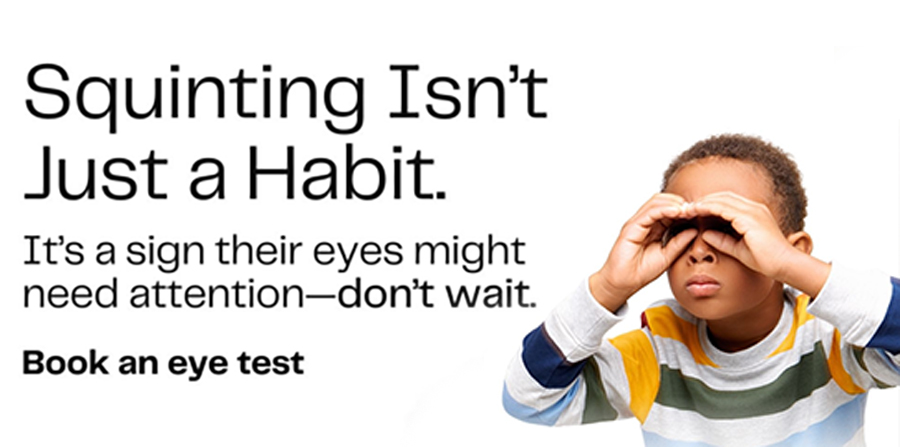
Good vision is essential for our daily lives, but sometimes, vision problems can go unnoticed – especially in children. Two common conditions that can impact your child's eye health are squints (also known as strabismus) and hyperopia (farsightedness). Both conditions affect the way a person sees the world, but they do so in different ways. Let's break down these conditions and explore what you can do to help.
A squint, or strabismus, is when the eyes don’t align properly. One eye may turn inward, outward, upward, or downward, while the other eye remains focused. This misalignment can occur constantly or intermittently. Squints can affect children and adults and may occur in one or both eyes.
Signs of a Squint:
In children, squints can sometimes be mistaken for a behavioral issue or lack of attention, but the root cause is often a vision problem. Squints can lead to amblyopia (lazy eye) if left untreated, which can significantly impact vision in the affected eye.
Treatment for Squints:
Hyperopia, or farsightedness, is a refractive error where distant objects are seen clearly, but nearby objects appear blurry. This happens when the eyeball is too short or the cornea is too flat, preventing light from focusing directly on the retina. Hyperopia can occur at any age, but it’s more common in children and tends to improve with age.
Signs of Hyperopia in Children:
In children, hyperopia can lead to problems in school and everyday activities, as they may struggle with reading, writing, and other close-up tasks. Untreated hyperopia may also contribute to a squint, as the eyes may try to compensate by turning or crossing.
Treatment for Hyperopia:
Both squints and hyperopia can affect a child's development and performance in school, making early detection and treatment critical. Children with these conditions may struggle with reading, writing, and participating in activities that require clear vision. Regular eye exams are essential for spotting these problems early, especially since children might not know how to express or recognize that they’re seeing things differently.
If you notice any signs of squints or hyperopia in your child, it’s important to schedule an eye exam with an optometrist. An eye test can detect these conditions and guide you toward the best treatment options, ensuring your child’s vision and development are on track.
Squints and hyperopia are both treatable conditions that can have a lasting impact on your child's quality of life. By being aware of the signs and seeking professional help, you can ensure that your child’s vision stays clear and healthy, supporting their learning and development. Don’t wait for symptoms to worsen – a simple eye exam can make all the difference.
Fill in the form below and we will get back to you as soon as we can.
Address: Shop 29 Crowthorne Shopping Centre, Cnr Main & Arthur Roads, Kyalami, Midrand